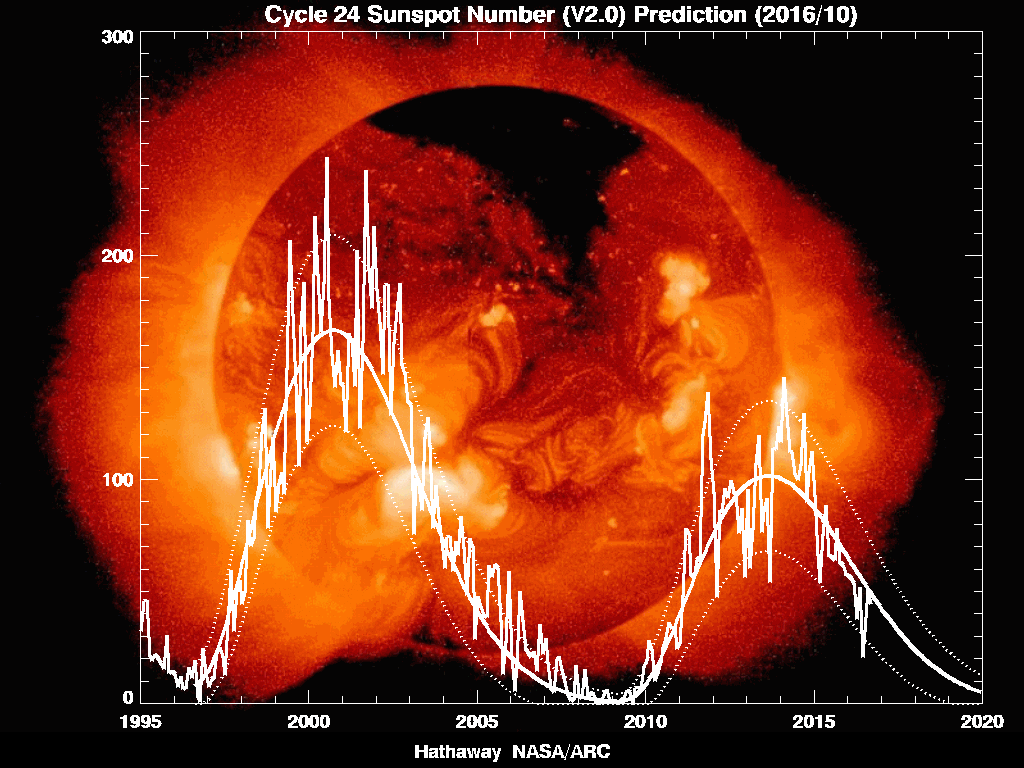 |
| SWL Roland's enhanced SM6LKM software VLF receiver |
- 44.1k/48k/88.2k/96k/176.4k/192k sample rate support
- More CW filters, SSB filter and AM filter added
- Spectrum display for audio frequency
- File-I/O for *.wav format (16bit)
- Left/Right channel select
- RMS signal level bar for audio level
- Muting (M) key
- Time+Date display, UTC or local time
To use the receiver all that is needed is a VLF signal feeding into the mic input of the PC. Be sure you know what you are doing: the usual safe thing to do is to put a couple of back-to-back diodes across the DC isolated VLF input to prevent damage to the sound card. With an E-field probe antenna this receiver is capable of receiving many VLF transmitters from around the world. I shall be using it in future to monitor my 8.97kHz earth-mode CW beacon when out in the field testing.






